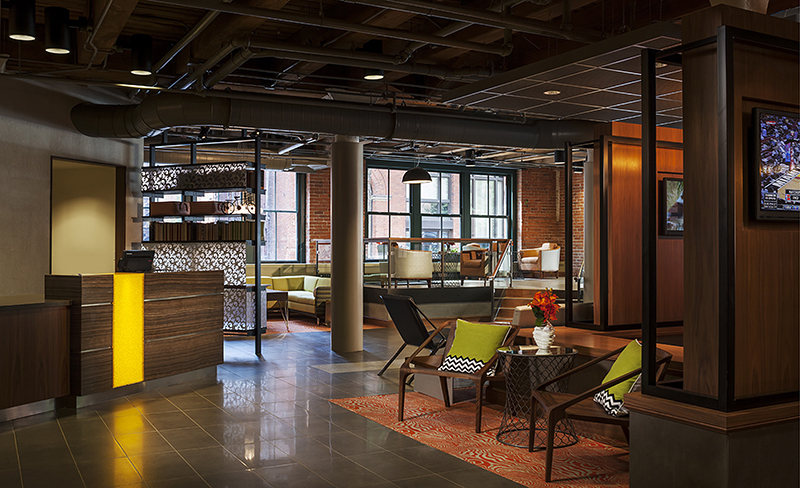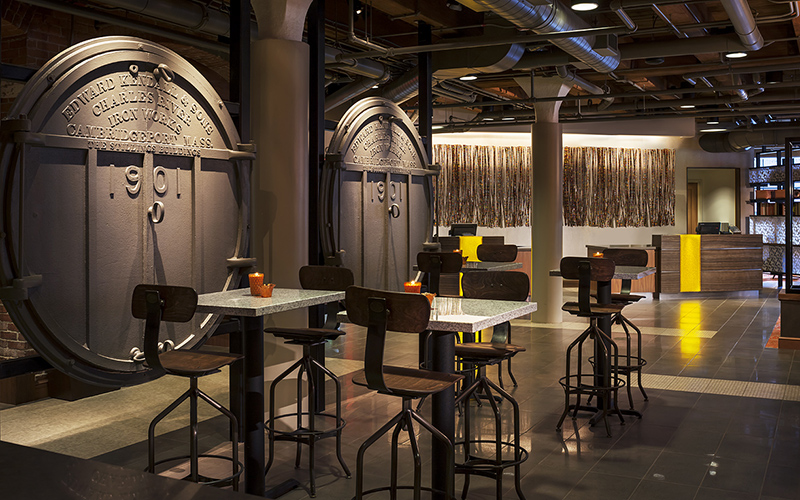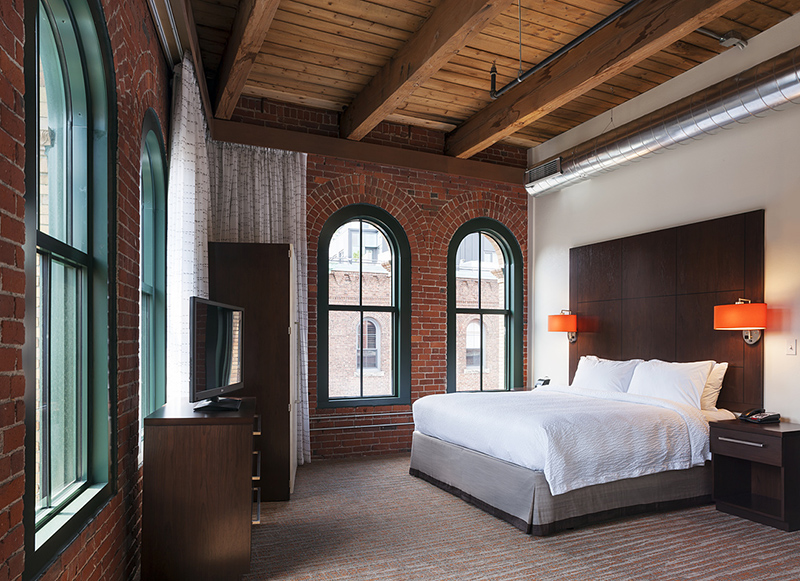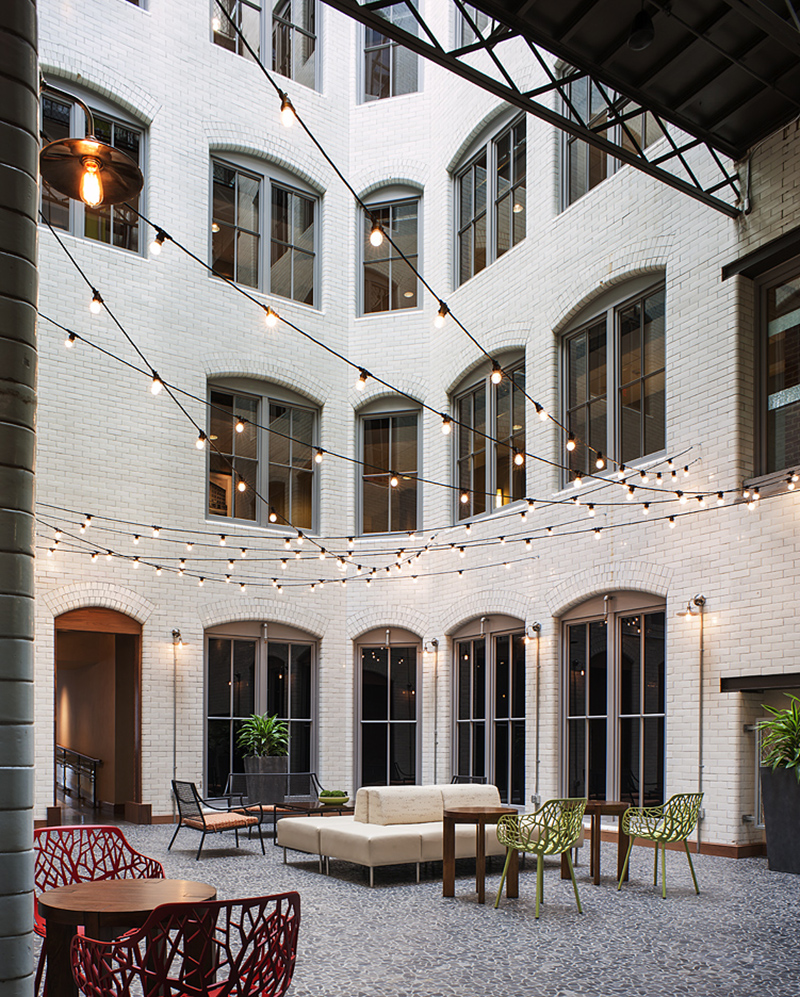
In recent years, the hospitality industry has undergone a significant transformation, with design emerging as a crucial factor in brand differentiation. No longer are hotels merely places to stay; they have become immersive experiences, with design playing a pivotal role in shaping guest perceptions and preferences. This evolution has been driven, in part, by the proliferation of hotel brands under parent companies’ umbrellas. With each brand seeking to carve out its own identity and market niche, the pressure to deliver distinctive design statements has never been greater.
The rise of soft brands, such as Ascend, Curio, and Autograph, further underscores the importance of design in today’s competitive landscape. Unlike traditional branded properties, soft brands offer a unique blend of brand association and independent design, presenting both opportunities and challenges for designers and stakeholders alike. As the boundaries between branded and boutique properties blur, the need for clear design differentiation becomes increasingly apparent.
 Localization: Infusing Local Flavor into Design
Localization: Infusing Local Flavor into Design
In an era of global travel and connectivity, guests crave authentic experiences that connect them with the destinations they visit. Localization — the process of infusing design with local flavor — has thus become a defining trend in hotel design. From the moment guests step foot into a hotel, they seek to immerse themselves in the culture, history, and ambiance of the locale.
Localization goes beyond mere aesthetics; it encompasses everything from architectural elements to culinary offerings, from indigenous materials to regional artwork. By incorporating these elements into the design, hotels can create spaces that resonate with guests on a deeper level, fostering a sense of connection and belonging. Whether it’s a boutique hotel in the heart of a bustling city or a resort nestled amidst natural splendor, successful designs are those that capture the essence of the destination and bring it to life for guests.

Navigating Design Consistency and Customization
Achieving a balance between brand consistency and customized design is a delicate dance — one that requires a nuanced approach and a deep understanding of brand identity. On the one hand, brands seek to maintain a cohesive image and experience across their properties, ensuring that guests know what to expect regardless of where they stay. On the other hand, each property has its own unique story to tell, its own sense of place that sets it apart from the rest.
Designers play a crucial role in navigating this tension, serving as mediators between brand guidelines and creative expression. By embracing brand pillars while allowing for creative interpretation, designers can create spaces that feel both familiar and fresh, rooted in brand identity yet tailored to the unique characteristics of each property. Collaboration is key, with designers working closely with brands, owners, and management companies to strike the right balance between consistency and customization.
 Crafting Compelling Narratives: The Heart of Design
Crafting Compelling Narratives: The Heart of Design
At the heart of every successful hotel design lies a compelling narrative — a story that captivates guests and draws them into the experience. Whether it’s a historical anecdote, a cultural legend, or a whimsical tale, narratives provide a framework for creative expression, guiding design decisions and shaping the guest experience.
The process of crafting a narrative begins long before the first sketch is drawn or the first material is chosen. It starts with a deep dive into the destination’s history, culture, and geography, uncovering the stories that lie beneath the surface. From there, designers weave these narratives into the fabric of the design, incorporating subtle nods and references that add depth and richness to the guest experience.
Tangible Benefits of Story-driven Design
Designing with a narrative lens yields tangible benefits for both guests and stakeholders alike. For guests, it enhances the overall experience, creating memorable moments and emotional connections that linger long after checkout. For stakeholders, it drives business success, increasing guest satisfaction, and loyalty, and ultimately driving revenue performance.
By anchoring design decisions in a compelling narrative, properties can differentiate themselves in a crowded market, attracting guests who seek more than just a place to stay — they seek an experience. Moreover, by aligning design with brand identity, properties can maintain a sense of continuity and relevance, ensuring that the guest experience remains consistent across all touchpoints.
 Case Study: The Residence Inn Boston Seaport
Case Study: The Residence Inn Boston Seaport
A shining example of storytelling in action is the Residence Inn Boston Seaport. Housed within an historic post and beam warehouse, the property’s design narrative pays homage to its industrial heritage while meeting the brand’s standards for comfort and convenience. From the exposed brick walls to the salvaged wood beams, every element of the design reflects the building’s storied past, creating a sense of authenticity and charm that resonates with guests.
But it’s not just about aesthetics. The narrative extends to every aspect of the guest experience, from the curated local artwork to the signature amenities inspired by the surrounding neighborhood. By embracing the story of the Seaport District, the Residence Inn Boston Seaport has created a truly immersive experience — one that transports guests to another time and place while still offering all the comforts of modern hospitality.
Conclusion: Embracing the Power of Narrative in Hotel Design
With hotel transformation across the industry, storytelling has emerged as a powerful tool that offers a way to create immersive experiences that resonate with guests on a deeper level. By infusing design with local flavor, navigating the tension between brand consistency and customization, and crafting compelling narratives that captivate and inspire, designers can create spaces that transcend the ordinary and elevate the guest experience to new heights. As the industry continues to evolve, let us embrace the transformative power of storytelling, enriching the guest experience one narrative at a time.
Harry Wheeler AIA, NCARB, LEED is a principal at Group One Partners, Inc., a JCJ Architecture Studio, an award-winning hospitality design firm based in Boston that specializes in architectural, interior design, and purchasing services for hospitality properties. Wheeler is a registered architect in more than 15 states and a member of numerous architectural, lodging, and marketing associations.








